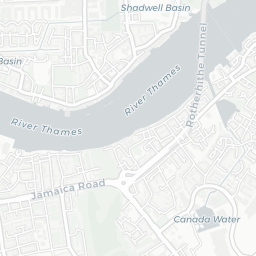About Tower Bridge
Tower Bridge is an iconic symbol of London, located in the Shad Thames area near Butler's Wharf in the London Borough of Southwark. This bascule and suspension bridge spans the River Thames, connecting the districts of Tower Hamlets and Southwark.
Historical Background
Constructed between 1886 and 1894, Tower Bridge was designed to ease road traffic while maintaining river access to the busy Pool of London docks. The bridge was officially opened on June 30, 1894, by the Prince of Wales, who later became King Edward VII. The design was chosen through a public competition, and the winning entry was submitted by architect Sir Horace Jones and engineer Sir John Wolfe Barry.
Plan your perfect trip to London with Travo! Download now and start exploring.
Architectural Features
Tower Bridge is renowned for its distinctive twin towers, which are connected by two horizontal walkways. The bridge's design is a combination of bascule and suspension elements. The bascules, or movable sections, can be raised to allow ships to pass through. The towers and walkways are constructed in a Gothic Revival style, featuring ornate stonework and iron detailing. The bridge's total length is 244 meters (800 feet), with the central span measuring 61 meters (200 feet).
Engineering Marvel
The bascules are operated by a hydraulic system originally powered by steam engines. Today, the system has been modernized and is powered by oil and electricity. The bridge's lifting mechanism is capable of raising the bascules in just five minutes, a remarkable feat of engineering for its time. The bridge was designed to handle both road and pedestrian traffic, and it remains a vital crossing point over the Thames.
Cultural Significance
Tower Bridge is not only a functional piece of infrastructure but also a cultural landmark. It has appeared in numerous films, television shows, and works of art, symbolizing London to people around the world. The bridge is often mistaken for London Bridge, which is a different structure located upstream. Tower Bridge's iconic status makes it a must-visit attraction for tourists and a point of pride for Londoners.
Visitor Experience
The Tower Bridge Exhibition offers visitors a chance to explore the history and mechanics of the bridge. The exhibition includes access to the high-level walkways, which provide stunning panoramic views of London. Visitors can also see the original Victorian engine rooms, where the steam engines that once powered the bridge are displayed. Interactive displays and informative panels provide insights into the bridge's construction, operation, and significance.
Preservation Efforts
Maintaining Tower Bridge is a continuous effort, involving regular inspections and conservation work. The bridge is a Grade I listed structure, ensuring its protection as a site of historical and architectural importance. Recent restoration projects have included repainting the bridge in its distinctive blue and white color scheme and upgrading the lighting to enhance its nighttime appearance.
Events and Activities
Tower Bridge often hosts special events, including exhibitions, educational programs, and community activities. The bridge's walkways are occasionally used for art installations and photography exhibitions, adding a contemporary cultural dimension to this historic site. The bridge also plays a role in major city events, such as the London Marathon and the annual Thames Festival.
In summary, Tower Bridge stands as a testament to Victorian engineering and architectural prowess. Its historical, cultural, and functional significance make it an enduring symbol of London, attracting millions of visitors each year who come to marvel at its beauty and ingenuity.
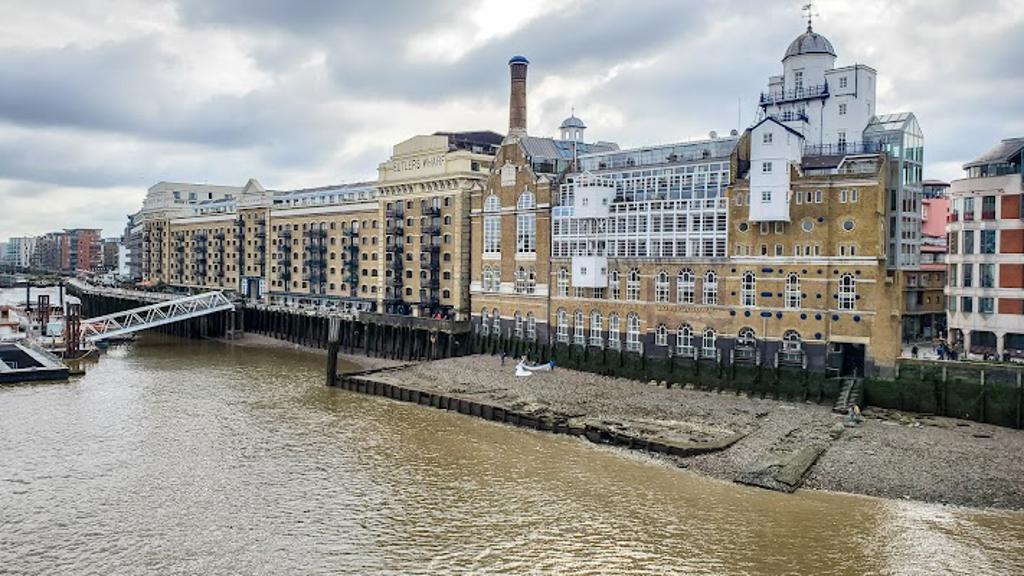
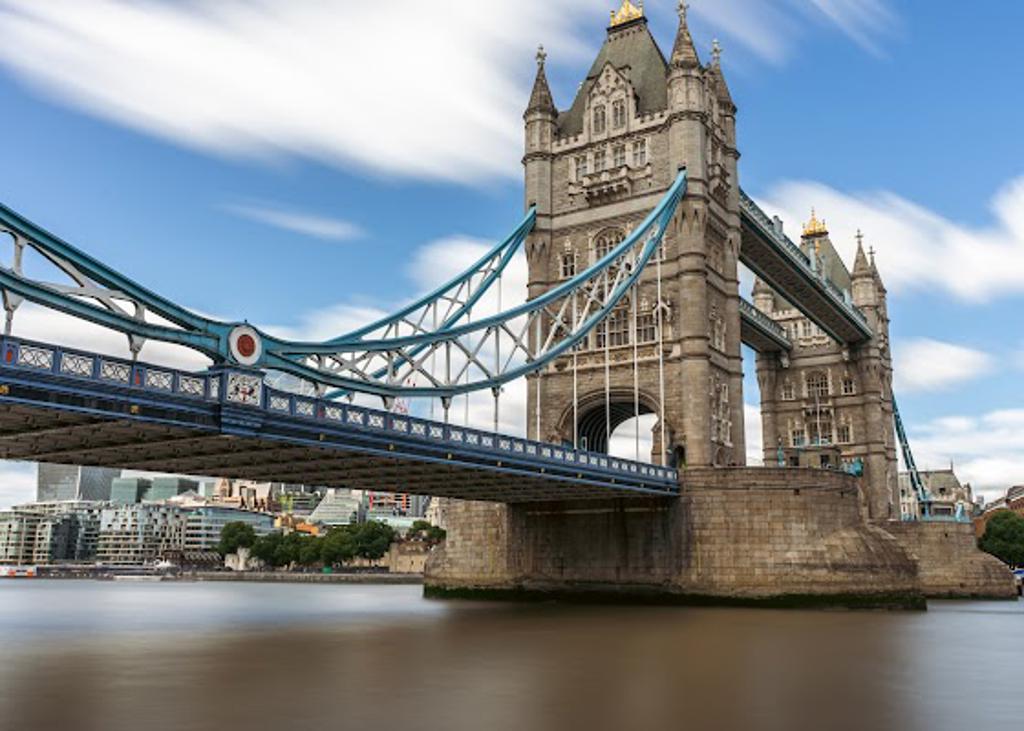
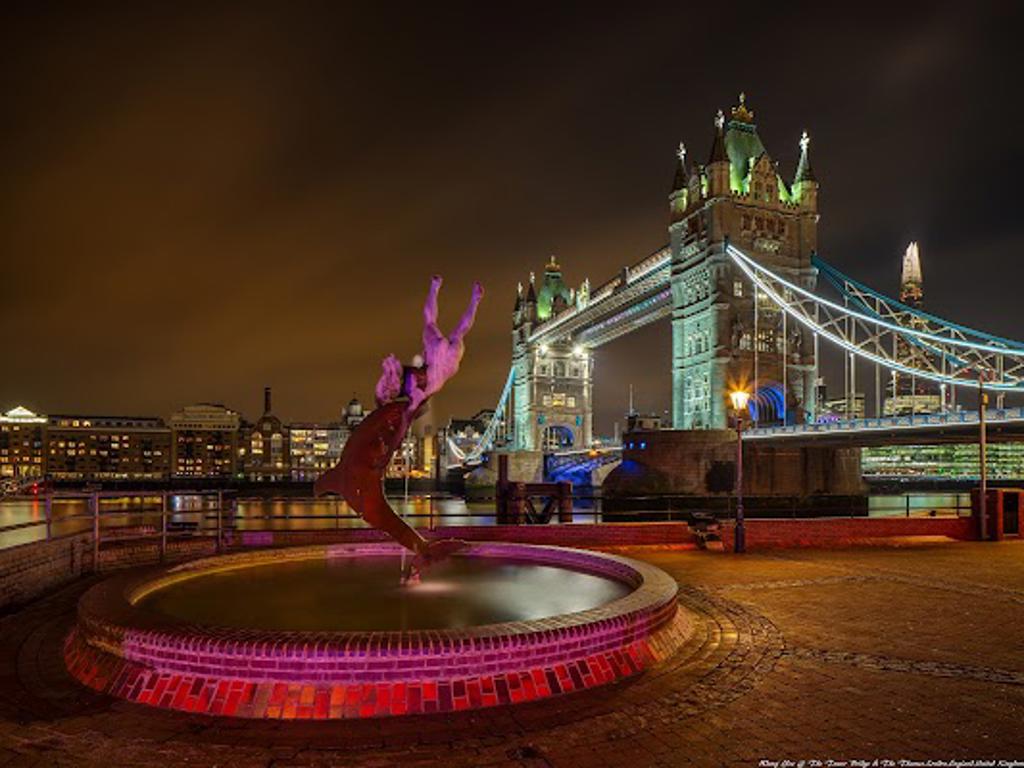
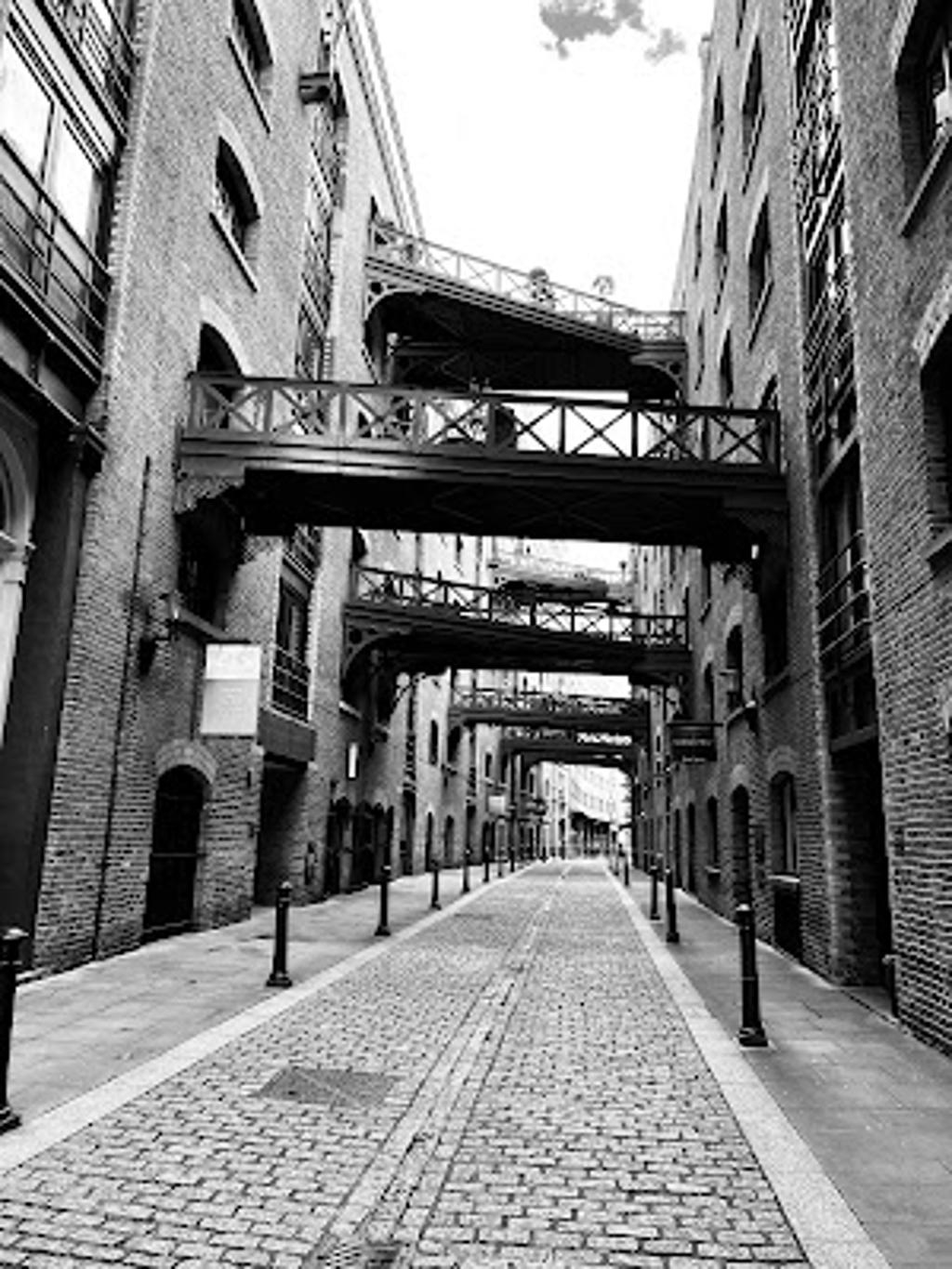
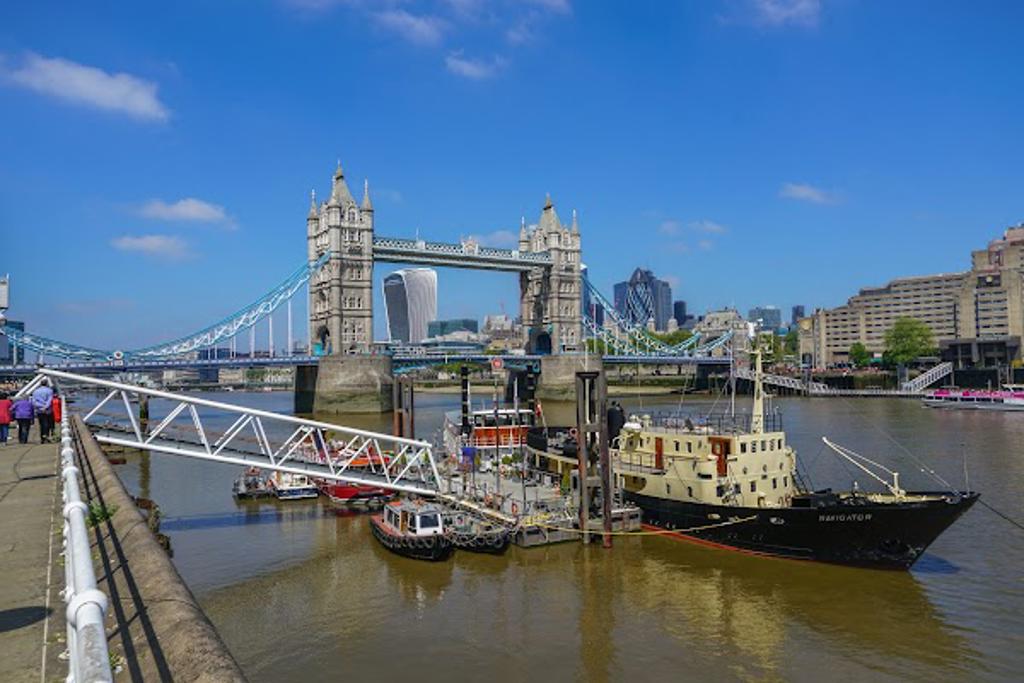
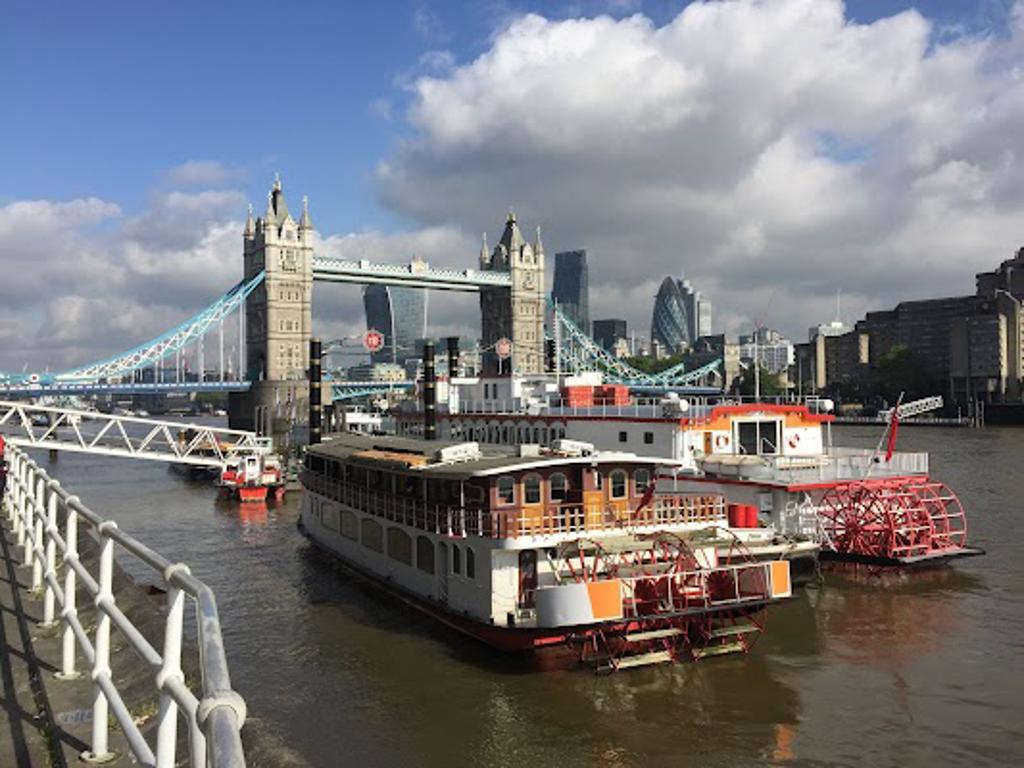
Location
Tower Bridge, SE1 2LY, London




